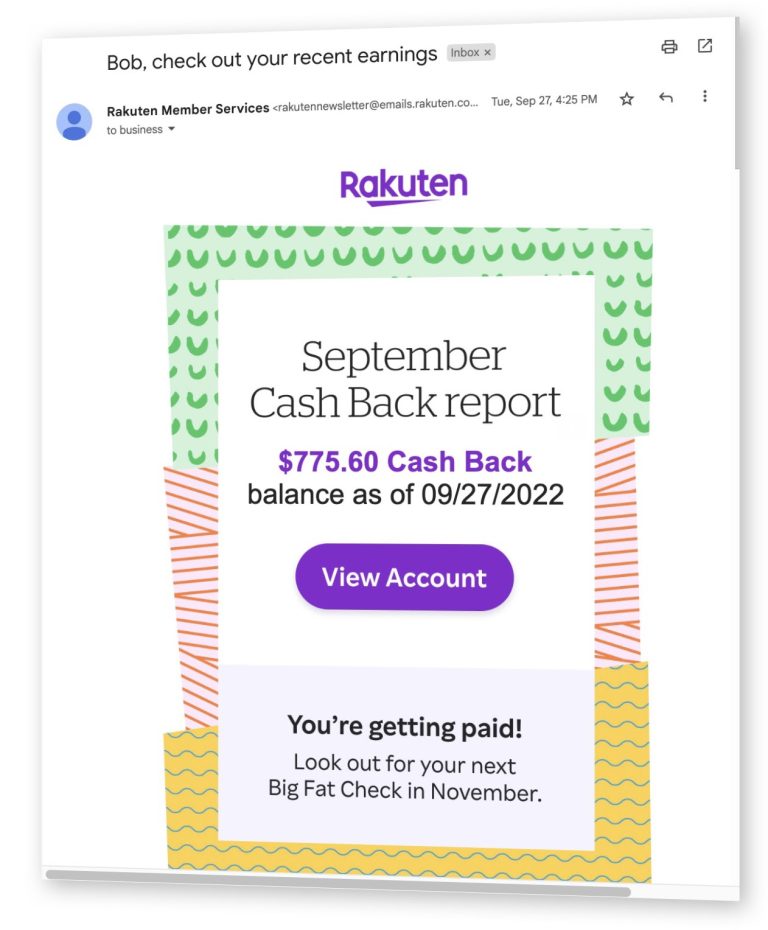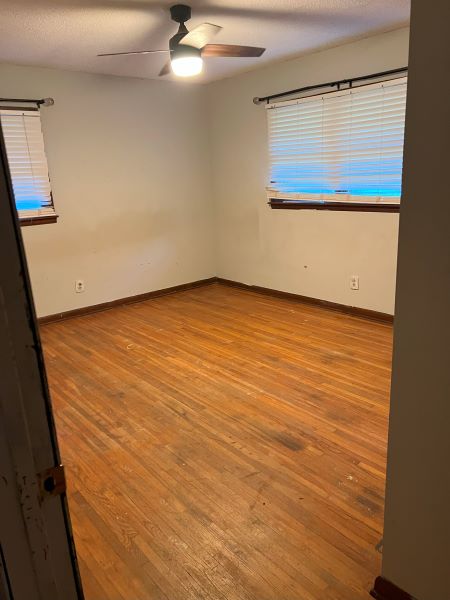What Our Model States
Our model states that the U.S. stock market is not in a bear market. We do not define bear markets as declines that exceed 20{e6a1e97ec1a15155ca0ed8c3e87721e561c99ed6e52274045963a20278fc2089}.
U.S. bear markets can only be caused by two things.
- Fundamental problems in the U.S. economy.
- A U.S. stock market bubble.
Despite Friday’s weak jobs report, the U.S. economy is still strong. Hence, a bear market like the one from 2007-2009 will not unfold. In addition, the U.S. stock market has not reached bubble territory yet. Thus, a bear market that’s caused by the deflation of a stock market bubble will not occur.
However, our model has been predicting a significant S&P 500 correction since the end of March 2015. We define a significant correction as either a big correction or a long consolidation.
Our model’s prediction is based on one simple premise: significant corrections always follow significant rallies. Here are some historical examples.
The above chart illustrates a multi-year rally from the end of 1962 to the beginning of 1966. A big correction that lasted many months followed the multi-year rally.
The above chart illustrates a quick but massive rally from 1982-1983. (This rally followed the long correction of 1980-1982.) A long consolidation that lasted many months followed this massive rally.
The above chart illustrates a multi-year rally from the end of 1987 (post-October 19 crash) to the middle of 1990. A big correction that lasted a few months followed this multi-year rally. Note that this correction was also driven by a U.S. real estate market bust.
The above chart illustrates a short but furious rally from 2003 to 2004. This rally marked the first leg of the 2003-2007 bull market. A long consolidation that lasted many months followed this big rally.
The above chart illustrates a short but furious rally from 2009 to 2010, just like the one from 2003 to 2004. (The first rally in every bull market tends to be short and furious because stock prices are extremely undervalued by the end of the bear market.) A big correction followed this big one year rally.
Neither a big correction nor a long consolidation has been completed as of September 6, 2015. As a result, we are sitting on 100{e6a1e97ec1a15155ca0ed8c3e87721e561c99ed6e52274045963a20278fc2089} cash. Here is our plan of action.
- If the S&P 500 makes a new high after Thanksgiving, we’ll buy stocks. Or…
- If the S&P makes a new low (i.e. falls below 1800), we’ll buy stocks.
Thoughts on the Stock Market
Our model tells us that a big correction or a long consolidation will be completed sometime in the next few month(s). But our model does not tell us specifically whether this will be a big correction or a long consolidation.
Although we follow our model 100{e6a1e97ec1a15155ca0ed8c3e87721e561c99ed6e52274045963a20278fc2089}, it’s worth estimating the odds of each scenario playing out.
As you know, the S&P 500 and other indices crashed on August 24, 2015. Here’s what happens to the S&P after it falls more than 5{e6a1e97ec1a15155ca0ed8c3e87721e561c99ed6e52274045963a20278fc2089} from yesterday’s close $.
- August 8, 2011: The S&P bottomed 2 months later.
- May 6, 2010: The S&P bottomed 2 months later.
- August 31, 1998: The S&P bottomed 1 month later.
- October 27, 1997: The S&P bottomed the next day.
- October 13, 1989: The S&P bottomed the next day.
- October 16, 1987: This was one day before the infamous October 19 1987 crash.
- September 11, 1986: The S&P made a marginal new low by the end of September.
- May 28, 1962: The S&P bottomed 1 month later.
As you can see, the S&P’s bottom was never in when this signal came out. The market always made a lower low after it crashed more than 5{e6a1e97ec1a15155ca0ed8c3e87721e561c99ed6e52274045963a20278fc2089}, historically speaking.
*While this study is worthwhile, we do not use short term indicators like this in our long term S&P 500 model. Short term indicators can be easily broken by quants, even if the indicators have a 100{e6a1e97ec1a15155ca0ed8c3e87721e561c99ed6e52274045963a20278fc2089} historical success rate. So while it’s extremely likely that the S&P will make a lower low in the near future, perhaps this time it will buck the odds. Quants have killed the effectiveness of many short term indicators.
Many investors have been discussing the 7 year economic cycle. This cycle states that an economic expansion can continue for up to 7 years before economic woes emerge. If this theory holds true, then the U.S. economy will start to deteriorate before mid-2016. In fact, U.S. economic data has already begun to deteriorate, as was evidenced from Friday’s disappointing jobs report.
Perhaps the continued deterioration of economic data can push U.S. stocks lower. Who knows. We do not use economic cycles in our long term S&P 500 model. However, any factor that confluences with our model is worth noting, so perhaps the 7 year economic cycle will play out this time around.






















